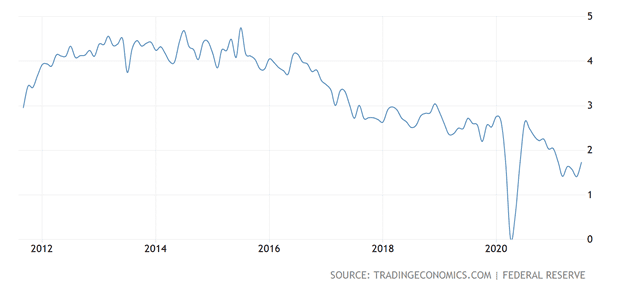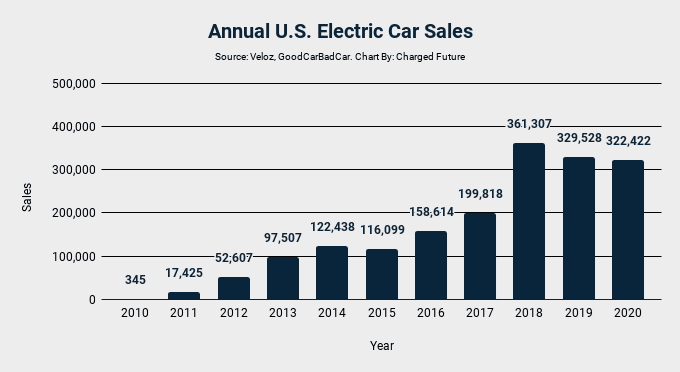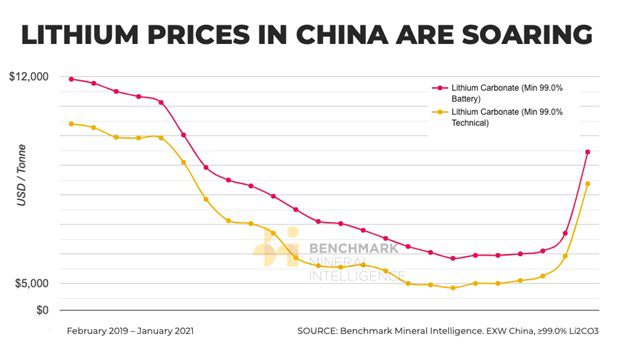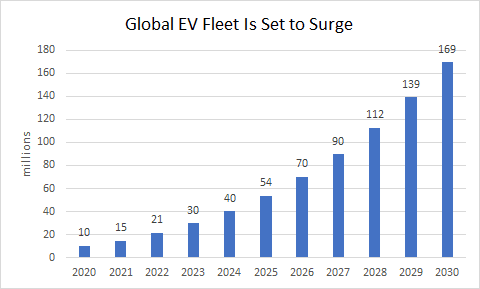Electric vehicles (EVs) are the future, right? Everybody knows that. As a recent United Nations report concludes, the world has to reduce its greenhouse gas emissions in order to stem the rise of global temperatures. Diminished levels of CO2 in the atmosphere will help limit the environmental, societal and financial consequences from extreme weather.
Also, following the Paris Climate Accords of 2015, the majority of global governments are implementing net-zero emission goals by 2030. As transportation produces the majority of the emissions in the United States (according to the EPA), cutbacks in fossil fuel exhausts from cars and trucks would generate the greatest impact.

EVs appear to be an easy solution. But how easy are they?
There is little debate that electric vehicles themselves are significantly more Earth-friendly than combustion engine types. Some will argue that EV production methods and battery materials sourcing are as environmentally harmful. However, if these issues are resolved by improved technologies, and they will be as they are promoted and funded by government policies and subsidies, the drastic reduction in emissions would go a long way to achieving net zero CO2 in the air by 2030.
… But What About Supply and Demand?
This is where it gets tricky. The supply of any product is determined by production capacity and the cost to manufacture. In 2020, the U.S. manufactured approximately 2.2 million passenger cars, down from a post-Financial Crisis high of almost 4.4 million in 2013.

Conversely, while dramatically higher than when Tesla introduced its Roadster in 2008, total EV sales in the U.S. were only slightly above 320,000. This includes cars sold by Chevrolet, Nissan, Audi, Volkswagen, Porsche and BMW as well as Tesla.

There is an obvious significant shortfall in EV production versus traditional combustion engine automobiles. A recent analysis from Bloomberg’s New Energy Finance group indicates that while electric vehicles today are only 3% of car sales worldwide, they see them making up 10% by 2025, 28% by 2030, and 58% by 2040. However, they will be less than a third of the cars on the road. The EV sales growth in twenty years will be phenomenal. By 2030 though, if we agree with Bloomberg’s growth projections, 28% of U.S. car sales would be 616,000.
EV production will have to double. While this manufacturing ramp is very doable considering the various car manufacturers capex plans and expected government subsidies and mandates, new plants and technologies need to be constructed and developed in order to accommodate expected demand. Even if the EV manufacturers can quadruple production every four years, they would produce a relatively small 12.5 million vehicles by 2030.
Another factor regarding supply is the cost to manufacture. As previously stated, the major automobile makers around the world are pledging to develop and increase EV production. (We are focusing on established large cap auto manufacturers as the numerous small cap/SPAC deal start-ups, while potentially innovative, are inherently risky and potentially under-capitalized to ramp production enough to remain viable.) With the necessary capex manageable and assuming government assistance, these companies will be able to build the quantity of EVs projected. However, they can not control the input costs.
The current state-of-the-art battery for EVs is lithium based. Unfortunately, the prices of the two key components – lithium carbonate and lithium hydroxide – have more than doubled since the end of 2020.

While lithium is fairly abundant, the conversion into usable material for EV battery use is a lengthy process, making the final product scarce. A combination of increased demand from new EV ventures, sizable battery plant investments and speculative activity have driven the prices higher. And as China dominates the lithium processing stages of the supply chain fears of strategically caused shortages for Western manufacturers are constant. These added costs to EV manufacturers seem unlikely to decrease anytime soon as the growth of the global EV fleet appears exponential.

The demand side of the electric vehicle equation is also somewhat murky. While the positives of owning an electric car are well-known – fuel efficiency, reduced or non-existent carbon output and lower basic maintenance costs, some of the negative factors influencing consumers are need, available alternatives, relative cost, range, charging availability, misleading claims, fires and recalls.
There are over 280 million cars on the road today. The average age of these vehicles is 12 years old, due to improved quality, higher new car prices and supply chain impacts from the recent pandemic.
As previously noted, new car sales have steadily declined since 2013. Consumer’s overall need for cars may remain tepid for the foreseeable future. And while the current semiconductor shortage has forced all the automakers to cut production, there will be a glut of new models flooding the market when the supply chain issues are resolved.
The cost of owning an EV versus a combustion engine has always been perceived as substantially higher. A recent AAA study found the costs of owning a compact electric vehicle versus a similar gas-powered car found that the overall cost was 8% more per year, primarily due to the premium purchase price.
However, utilizing Edmunds.com 5-year ownership cost of a base model Tesla Model S versus a fully equipped non-EV Toyota Camry or a Lexus ES 350, the differential is substantially higher.
While worries about the availability of charging stations are overblown (as the expected Infrastructure bill will subsidize a nationwide buildout and the majority of charging is done at home) the range of EVs is a consideration.
However, as the charging station buildout progresses and battery improvements are continuously developed, the distance an EV can travel will continue to lengthen. The current reality is that sales and usage are predominantly in and around major urban centers where jobs, schools, markets and entertainment are all relatively close.
The Wall Street Journal’s article “Why Plug-In Hybrids Are an Illusion of Eco-Consciousness” laid out the case that many popular plug-in hybrid electric vehicles (PHEV) provide the minimum amount of EV range before being forced to kick into traditional combustion propulsion in order to comply with government requirements and gain tax credits.
According to environmental pressure group Transport and Environment, these short-range PHEVs are “fake electric cars, built for lab tests and tax breaks, not real driving.” This misrepresentation can dissuade many eco-concerned consumers from switching to EVs.
A final negative influence on demand is the ongoing issues with batteries and internal software. These problems have caused fires, sudden loss of power and recalls costing customer lives, manufacturer reputations and hundreds of millions of dollars. The transition from old technology to new usually entails a steep learning curve.
The pressing need for high powered batteries and complex onboard operational software to provide a legitimate alternative to gas cars has created some technological complications and missteps. All these complications – the number of existing combustion engine cars, the premium purchase price, inadequate charging and range perceptions, misrepresentations and the battery and software difficulties – lessen the demand for electric vehicles.
As demonstrated, there are a lot of supply and demand issues connected with current EVs. What is necessary is a bridge from the present to that future where electric vehicles are the norm versus the exception, a bridge from combustion to electric.
The answer is gas hybrid EVs. Cars like Toyota’s Prius are viable alternatives that contain both eco-friendly characteristics plus the reliability and affordability of traditional autos. They provide the real and available progression to complete EV saturation.
Toyota (symbol TM) has also been measured in its pursuit of electronification as it recognizes the issues with lithium batteries and are developing a solid-state battery (more powerful and faster charging) to ensure safety, price and performance.
When it comes to shoring up your impact investing portfolio, Toyota is a stock that ensures quality and holds future growth.
In Summary
While we may all desire to reduce our carbon footprints and drive Tesla’s from now on, the reality is that electric vehicles and their technology are evolving. The world will strive to get to zero greenhouse gas emission status, but we are just starting our trip down that road. And until the technology improves the EV supply and demand equation, gas-electric hybrids are the next best step on the journey.